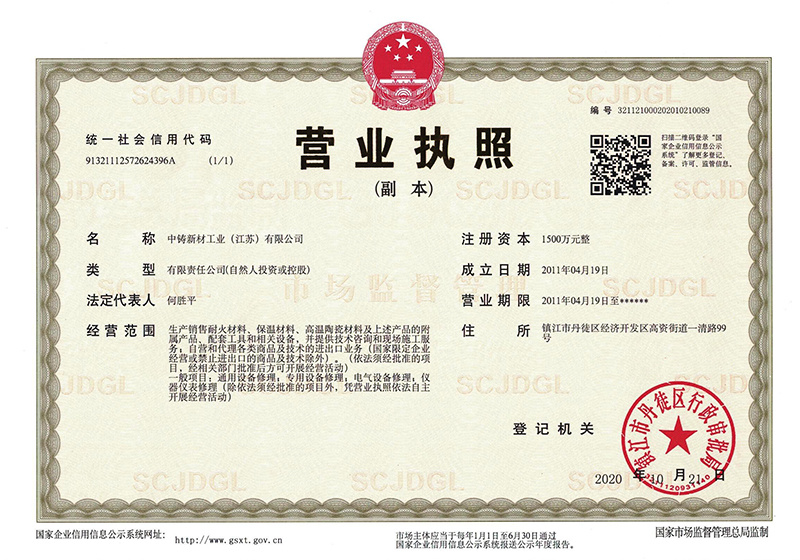News
SINO-FOUNDRY—professional refractory manufacturer
Understanding Ramming Mass: Essential Insights for Construction and Refractory Applications
2025-08-16
Ramming mass, often referred to as a refractory material, is primarily used in furnace linings, kilns, and other high-temperature applications. Its primary function is to withstand extreme heat and thermal shock, making it an indispensable component in industries such as metal production, ceramics, and glass manufacturing. The composition of ramming mass typically includes silica, alumina, and oth
One of the standout features of ramming mass is its ability to be shaped and compacted through mechanical means, allowing it to form a strong, cohesive mass that can fill voids and provide excellent insulation. This process, known as ramming, enhances the material’s density and resistance to wear. When properly applied, ramming mass can significantly extend the lifespan of industrial equipment by minimizing the risk of thermal degradation and mechanical failure.
The advantages of using ramming mass in construction and refractory applications are numerous. First, its exceptional thermal stability ensures that it can maintain structural integrity even under fluctuating temperature conditions. Additionally, ramming mass possesses excellent resistance to chemical attacks, making it suitable for use in environments where corrosive materials are present. Its low thermal conductivity also helps in energy conservation, providing an additional cost-effective benefit for industries relying on high-temperature processes.
Furthermore, the application of ramming mass can vary depending on the specific requirements of a project. For instance, in steelmaking, ramming mass is used to line electric arc furnaces, where it provides a durable barrier against heat and molten metal. In the ceramic industry, it can be employed in kilns to enhance thermal efficiency and product quality.
When considering the implementation of ramming mass in construction projects, it is essential to understand the various factors that can influence its performance. These include the specific application environment, the required thermal and mechanical properties, and the proper installation techniques. Ensuring that the ramming mass is appropriately compacted and cured is critical for achieving optimal results.
In conclusion, ramming mass is a vital material that plays a significant role in construction and refractory applications. Its unique properties, such as thermal stability, chemical resistance, and ease of application, make it an excellent choice for high-temperature environments. For professionals in the field, understanding the technical aspects of ramming mass and its proper use will lead to enhanced performance and longevity of critical industrial equipment.
Related News
2024-11-05
Zhongzhu New Materials Industry sincerely invites you to participate in the 24th International Forum and Exhibition on Recycled Metals.

WeChat public account

View mobile website
Address : No. 99, Yiqing Road, Gaozi Street, EconomicDevelopment Zone, Dantu District, Zhenjiang City
Fax : +86-511-85683066
E-mail : sales@sfr168.com
Website : https://www.sfr168.com
Copyright©2023 Sino-Foundry Refractory(Jiangsu) Co.,Ltd. Powered by:www.300.cn
Copyright©2023 Sino-Foundry Refractory(Jiangsu) Co.,Ltd.
IPV6 | SEO | Cloud Information



